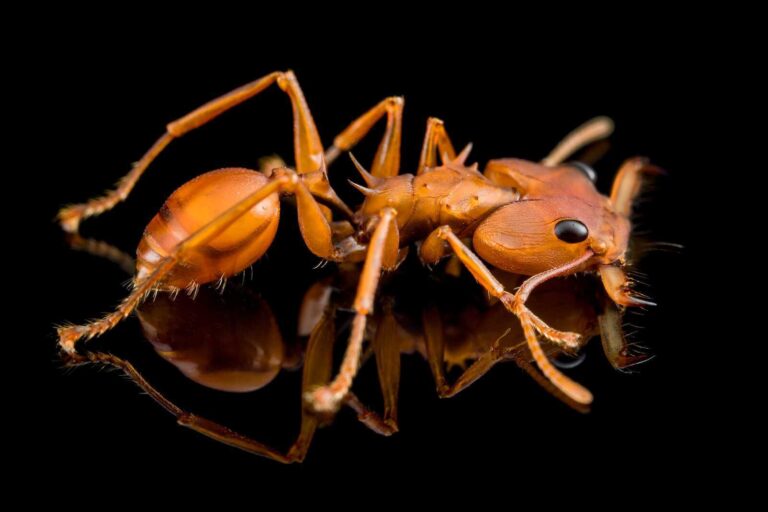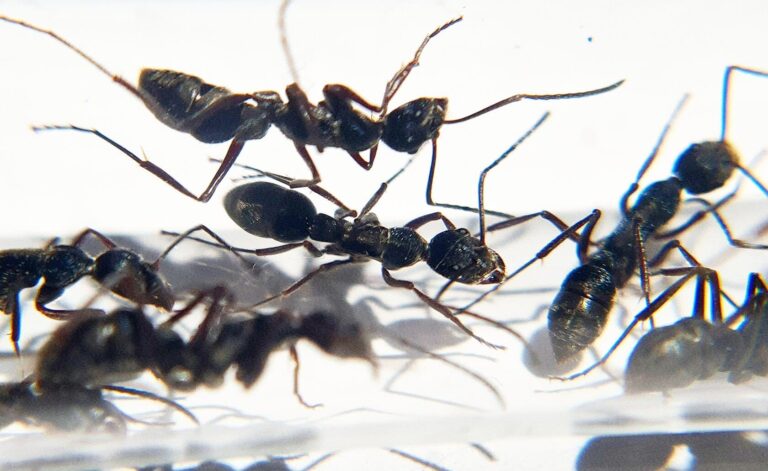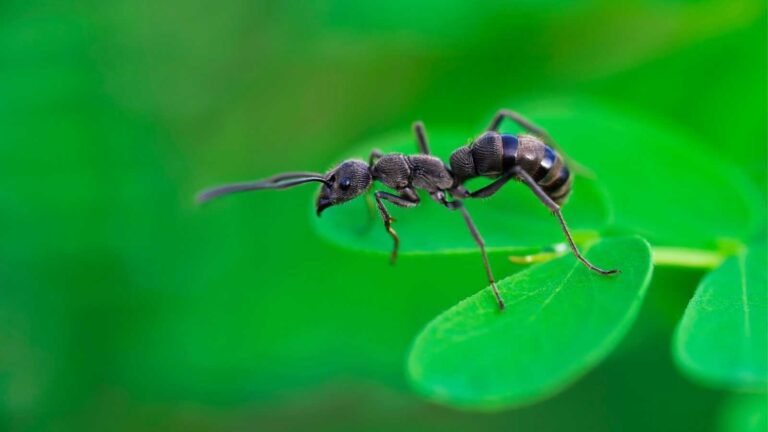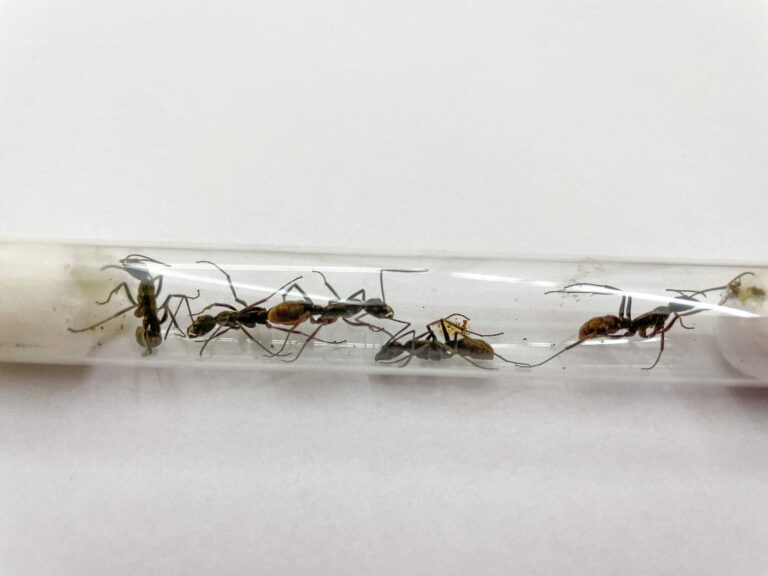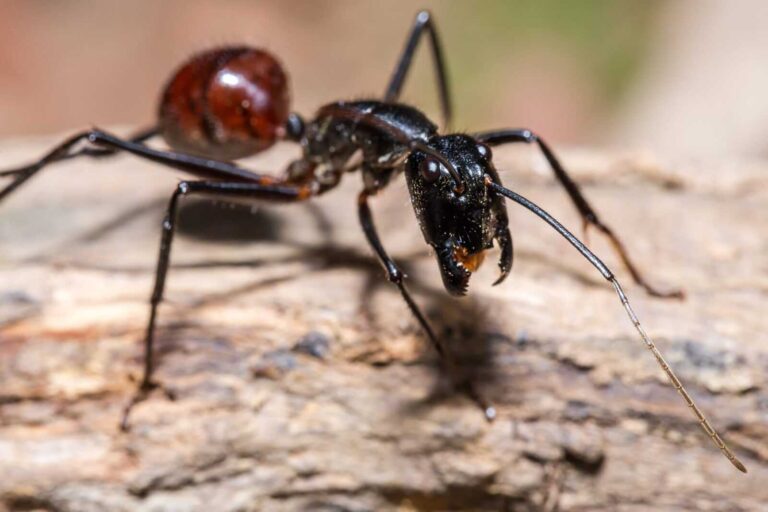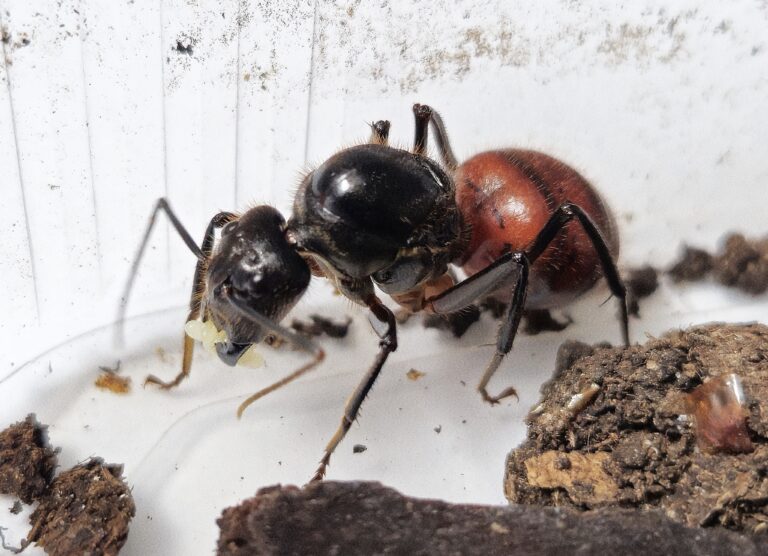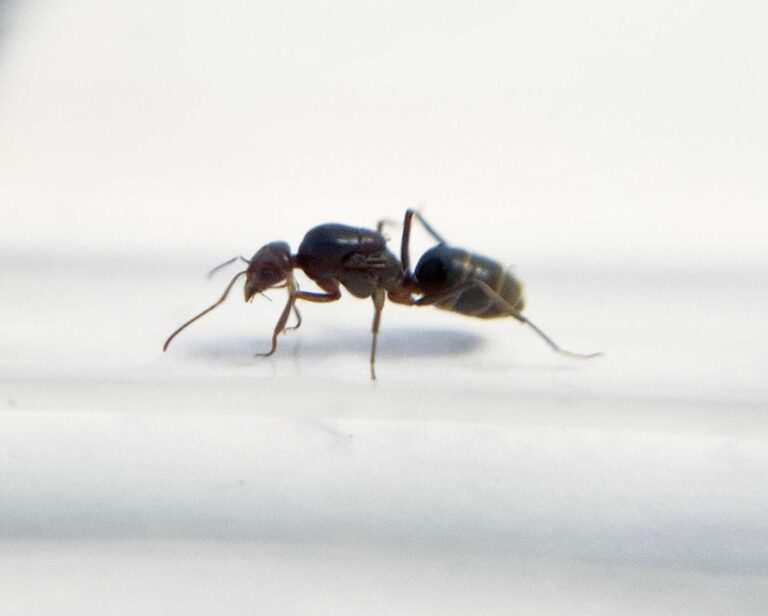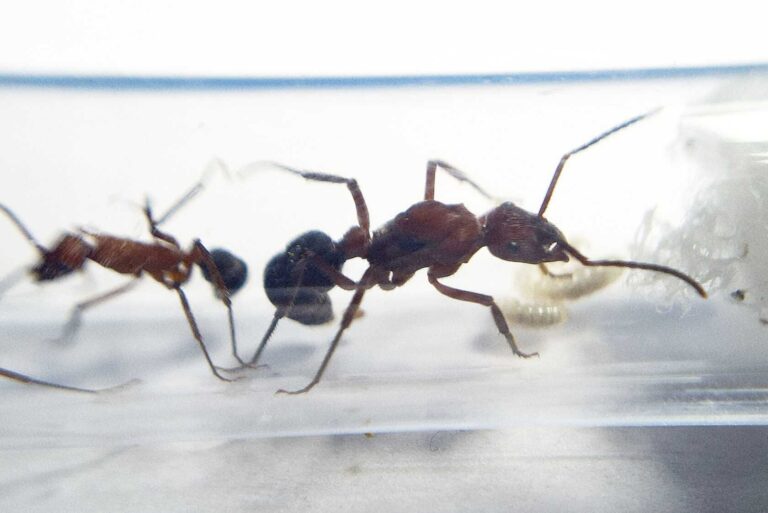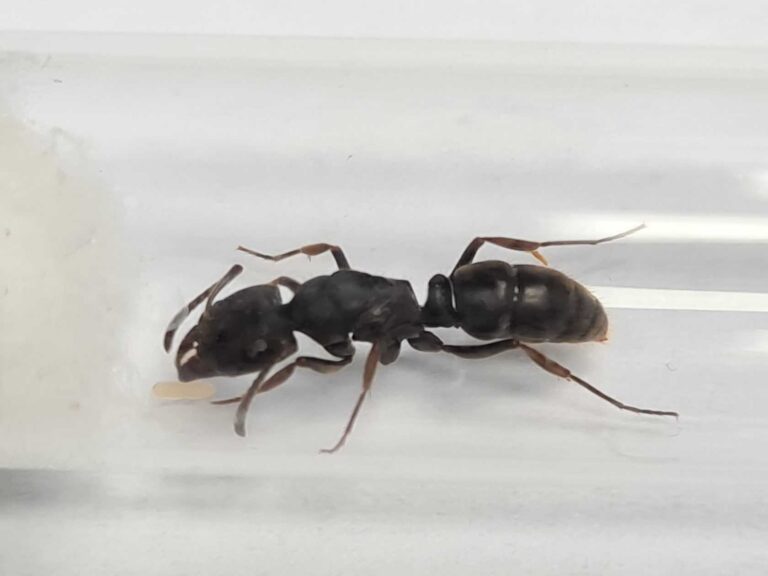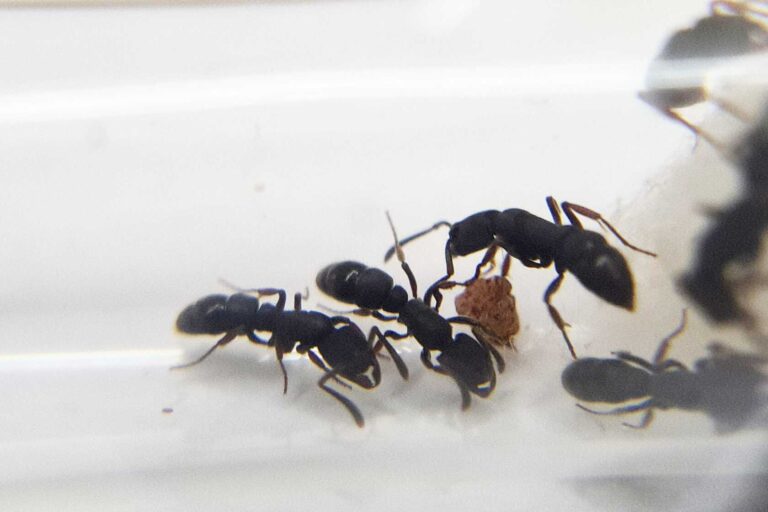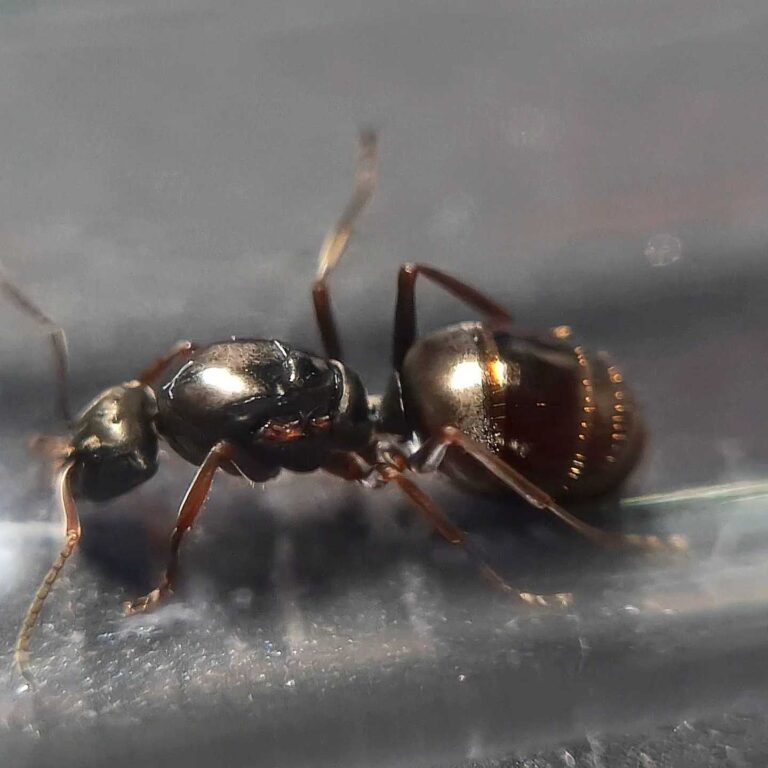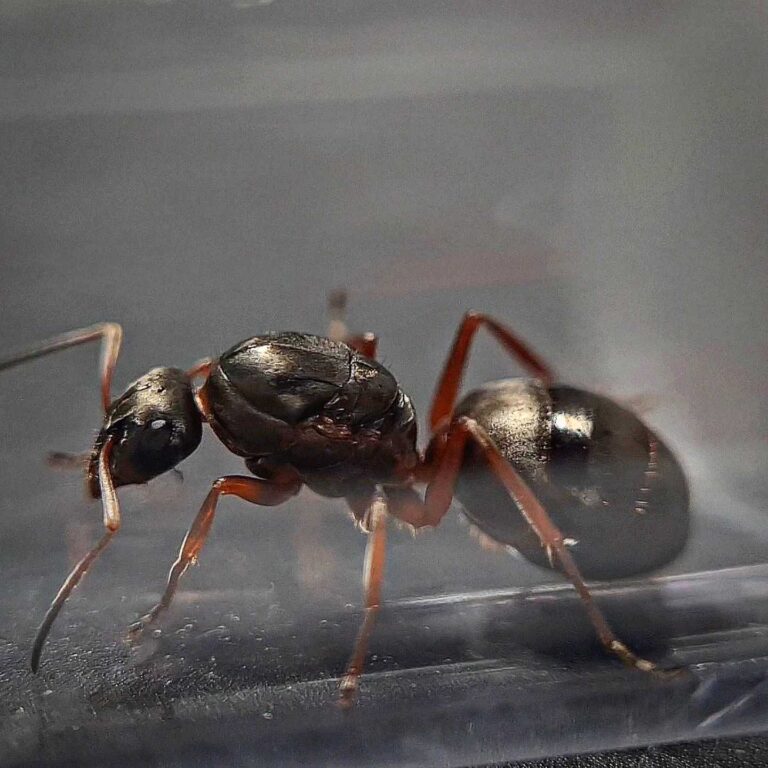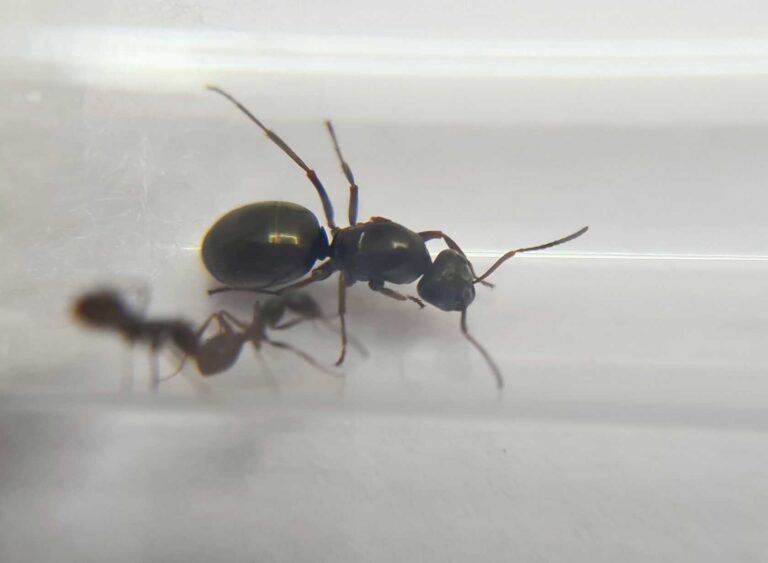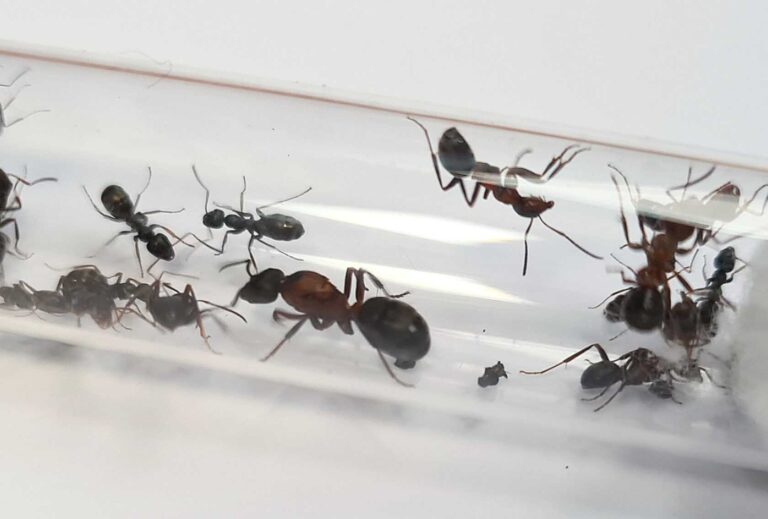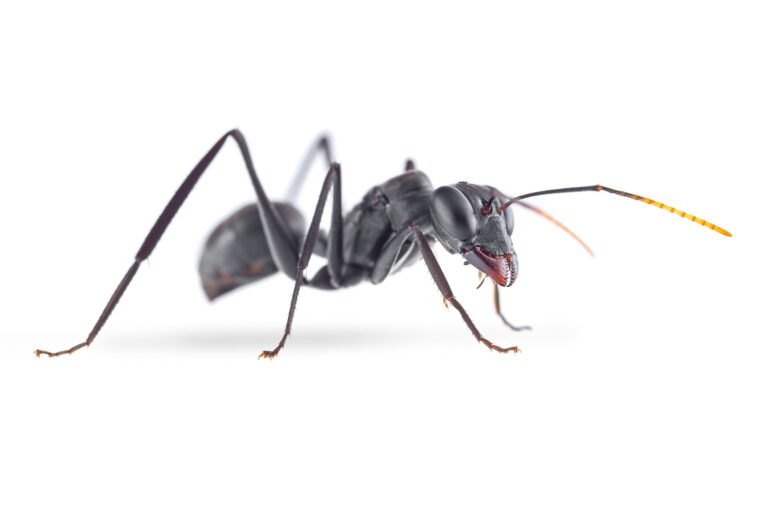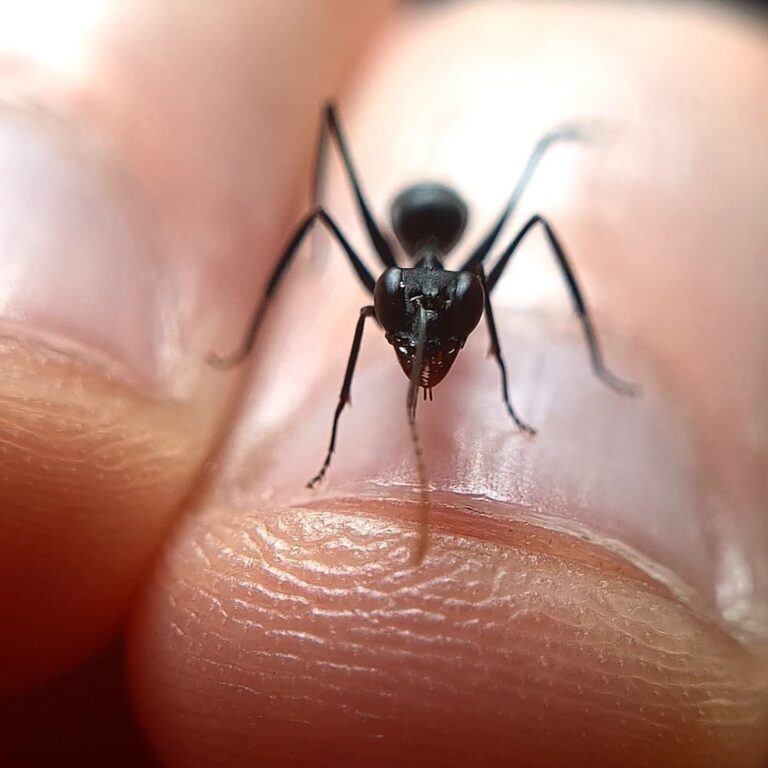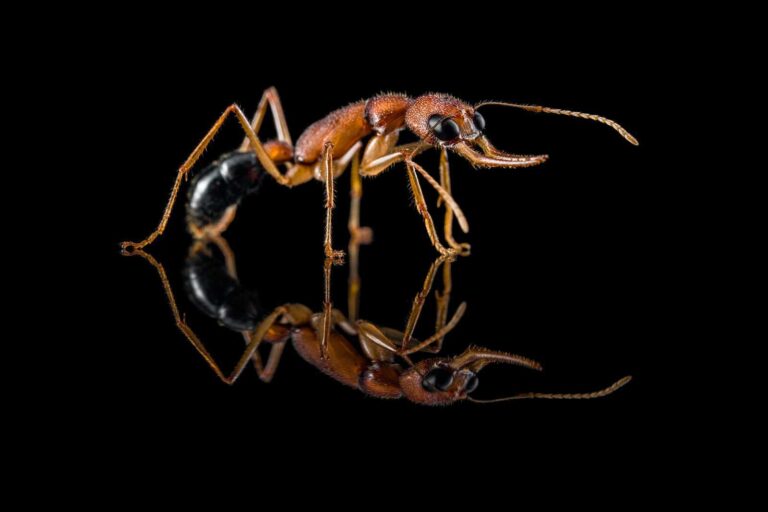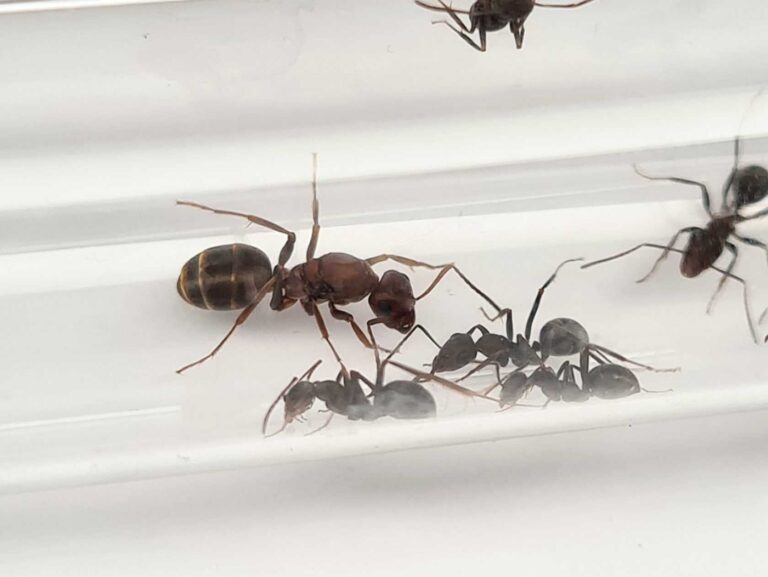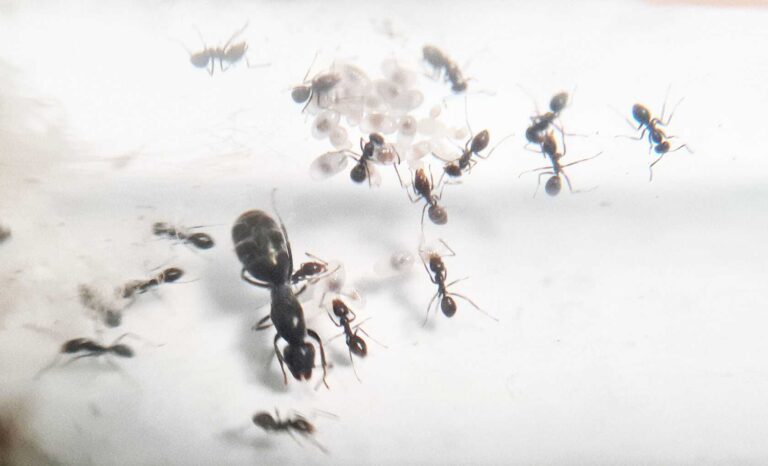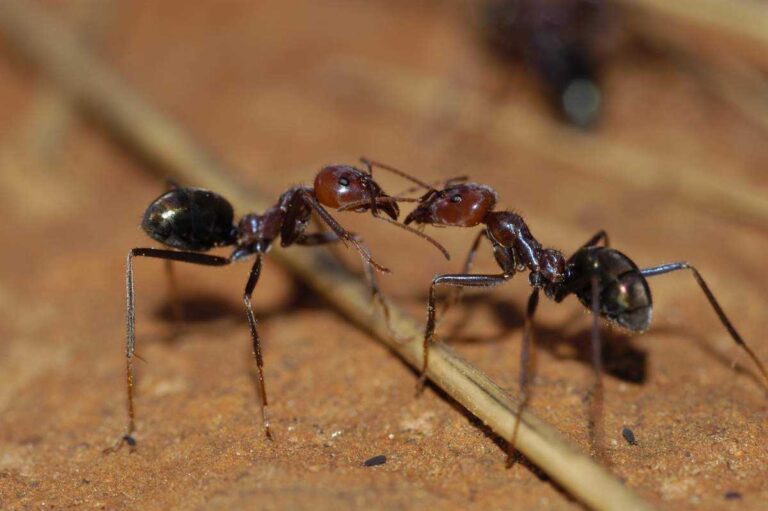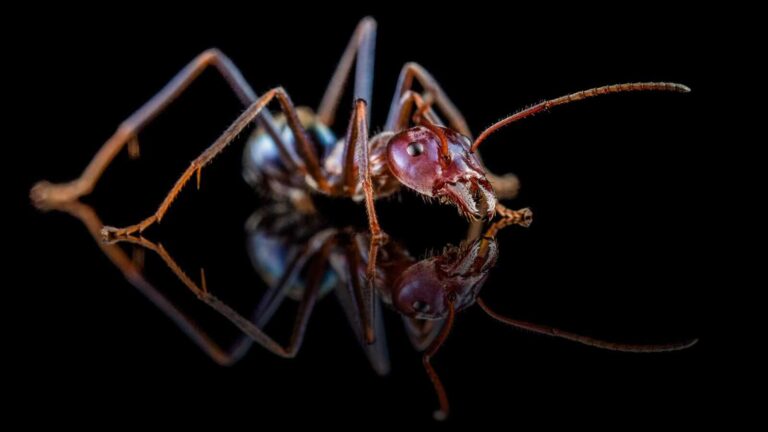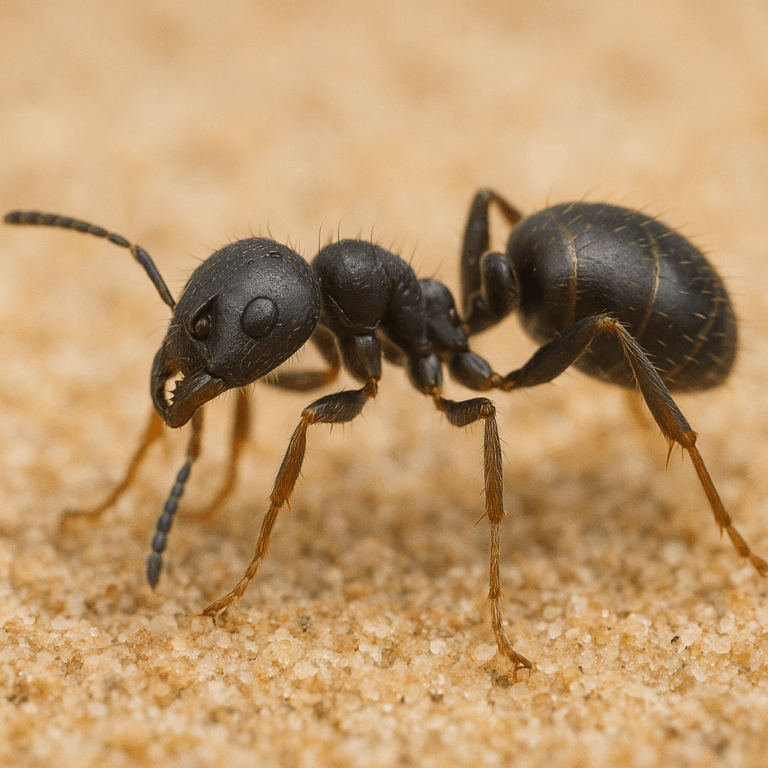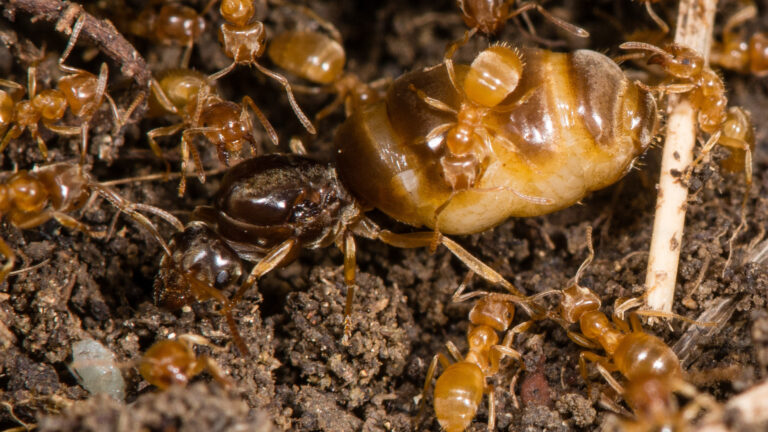Showing 181–200 of 323 results
Product categories
Stock status
Filter by price
Behavior
- ShyShy 5
- CalmCalm 75
- ModerateModerate 141
- AggressiveAggressive 89
- FastFast 11
Defficulty
Number of workers
- Queen 312
- Queen and 1-50 workers 14
- Queen and 1-3 workers 300
- Queen and 4-10 workers 303
- Queen and 11-20 workers 303
- Queen and 21-40 workers 303
- Queen and 41-60 workers 297
- Queen and 61-100 workers 186
- Queen and 51-100 workers 14
- Queen and 101-200 workers 39
- Queen and 201-500 workers 19
- Queen and 501-1000 workers 10
- 2 Queens 31
- 2 Queens and 1-50 workers 7
- 2 Queens and 1-3 workers 28
- 2 Queens and 4-10 workers 28
- 2 Queens and 11-20 workers 28
- 2 Queen and 21-40 workers 26
- 2 Queens and 41-60 workers 27
- 2 Queens and 61-100 workers 15
- 2 Queens and 101-200 workers 15
- 2 Queens and 51-100 workers 7
- 2 Queens and 201-500 workers 8
- 2 Queens and 501-1000 workers 2
- 3 Queens 16
- 3 Queens and 1-50 workers 7
- 3 Queens and 1-3 workers 15
- 3 Queens and 4-10 workers 15
- 3 Queens and 11-20 workers 15
- 3 Queens and 21-40 workers 15
- 3 Queens and 41-60 workers 15
- 3 Queens and 61-100 workers 9
- 3 Queens and 51-100 workers 7
- 3 Queens and 101-200 workers 12
- 3 Queens and 201-500 workers 8
- 3 Queens and 501-1000 workers 1
Origin
Filter by size
MicroMicro 13
SmallSmall 62
MediumMedium 159
LargeLarge 73
HugeHuge 14
Wintering
Daceton armigerum
2999,90 złDaceton armigerum ants are small, orange-colored ants with a unique head and body structure. They form monogynous colonies with a single queen and have a moderate development speed. These ants typically nest in tree holes and can grow into colonies of up to 2000 individuals.
Diacamma bispinosum
339,90 zł – 549,90 złPrice range: 339,90 zł through 549,90 złDiacamma bispinosum is a gamergate ant species with a colony size of up to 800 workers. They have a medium development speed. The workers measure between 13-16 mm and have a black and gray color with a green tint. They are fed with insect food, syrup, fruits, vegetables, jelly, and cooked chicken without salt.
Diacamma rugosum
259,90 zł – 449,90 złPrice range: 259,90 zł through 449,90 złDiacamma rugosum, also known as the Gamergate Ant Colony, is a captivating ant species known for its unique colony structure and large size. These ants do not have a traditional queen but are led by a gamergate. This overview provides information on their characteristics, care requirements, and recommended habitats.
Diacamma violaceum
479,90 zł – 729,90 złPrice range: 479,90 zł through 729,90 złDiacamma violaceum is a species of ant with a gamergate colony type. The colony can grow up to 800 workers and has a medium development rate. The workers are 16-20mm in size and have a dark gray color with golden hairs. Their nutrition consists of food insects, syrup, fruit, vegetables, jelly, and cooked chicken without salt.
Dinomyrmex gigas
2599,90 zł – 5690,90 złPrice range: 2599,90 zł through 5690,90 złDinomyrmex gigas is a monogynous ant species with colonies of up to 2000 workers. They have slow development speed. The queen measures 29-36 mm, workers are 18-24 mm, and majors are 23-28 mm. They are black with a red-orange flake coloration. Their diet includes food insects, syrup, fruit, vegetables, jelly, and cooked chicken.
Dorymyrmex pogonius
399,90 zł – 449,90 złPrice range: 399,90 zł through 449,90 złDorymyrmex pogonius is a monogynous ant species with colony sizes of up to 5000 workers. They have a slow development speed and the queen measures 9-10 mm while workers measure 4-6 mm. They are characterized by their black color with a red-orange flake. Their nutrition consists of food insects, syrup, fruit, vegetables, jelly, and cooked chicken without salt.
Ectatomma opaciventre
1389,90 zł – 1949,90 złPrice range: 1389,90 zł through 1949,90 złEctatomma opaciventre ants are visually striking, with beautiful orange workers and contrasting black abdomens. These unique ants are a great addition to any ant-keeping enthusiast’s collection.
Ectomomyrmex astutus
219,90 zł – 339,90 złPrice range: 219,90 zł through 339,90 złEctomomyrmex astutus is a monogynous ant species with colonies of up to 500 workers. They have a medium development rate and the queen measures 12-13mm while workers measure 9-12mm. They are black in color and their diet includes food insects, syrup, fruits, vegetables, jelly, and cooked chicken without salt.
Ectomomyrmex leeuwenhoeki
195,90 zł – 519,90 złPrice range: 195,90 zł through 519,90 złEctomomyrmex leeuwenhoeki is a species of ant that has a polygynous colony type and a medium development rate. The queen ant measures 9-11 mm while workers measure 8-10 mm in size. They are black in color and require a diet of live insects and fruit. This ant species thrives in environments with 60-80% humidity and temperatures ranging from 21-29 °C.
Formica cinerea
45,90 zł – 149,90 złPrice range: 45,90 zł through 149,90 złFormica cinerea is a medium-sized ant species with gray coloration. They form monogynous colonies of up to 10,000 workers. They require a medium development speed and prefer a diet of insect food, syrup, fruits, vegetables, jelly, and cooked chicken. They thrive in humidity.
Formica cunicularia
59,70 zł – 175,90 złPrice range: 59,70 zł through 175,90 złFormica cunicularia ant species is monogynous and can grow up to a colony size of 10,000 workers. They have a medium development rate. The queen ant measures 8-11mm while the workers measure 4-6mm. They have a rusty chest color with a dark gray belly and head. Their diet includes food insects, syrup, fruits, vegetables, jelly, and cooked chicken without salt.
Formica lemani
49,90 zł – 139,90 złPrice range: 49,90 zł through 139,90 złThe Formica lemani colony is monogynous and can have up to 10,000 workers. They have a medium development rate. The queen is 8-10mm in size, while the workers are 4-7 mm. They are uniformly black or brown in color. They feed on food insects, syrup, fruit, vegetables, jelly, and cooked chicken without salt.
Formica sanguinea
79,90 zł – 179,90 złPrice range: 79,90 zł through 179,90 złFormica sanguinea is a captivating ant species with polygynous colonies that can have multiple queens. These medium-sized colonies contain up to 5000 ants, making them an interesting choice for ant enthusiasts. The queen ants measure 9-12 mm in length.
Gigantiops destructor
1799,90 złGigantiops destructor is a monogynous ant species with a colony size of up to 300 workers. They have a medium development rate and the queen measures 13-15mm while the workers measure 10-15mm. They are black in color and their nutrition consists of food insects, syrup, and sweet fruit. They thrive in humid environments, with an arena humidity of 70-80% and nests at 70-90%.
Harpegnathos saltator
1699,90 złHarpegnathos saltator is a gamergate ant species with a colony size of up to 400 workers. They have a medium development rate and are approximately 13-17mm in size. They have an orange body with a black abdomen and their nutrition consists of live insects and fruits. The recommended humidity for their arena is 40-60%, while their nests should have a humidity of 60-80%.
Iberoformica subrufa
119,90 zł – 299,90 złPrice range: 119,90 zł through 299,90 złIberoformica subrufa, the Red-brown Ant, is a polygynous species known for its complex social structure. With multiple reproductive queens in a single colony, it exhibits a high level of organization and efficiency in various tasks.
Iridomyrmex bicknelli
399,90 zł – 549,90 złPrice range: 399,90 zł through 549,90 złIridomyrmex bicknelli is a monogynous ant species with medium development rate and a colony size of up to 50,000 workers. The queen is 6-7 mm in size while the workers are 3-4 mm and the ants are black in color. They are fed with a variety of food including insects, syrup, fruits, vegetables, jelly, and cooked chicken without salt.
Iridomyrmex purpureus
639,90 zł – 859,90 złPrice range: 639,90 zł through 859,90 złThe Iridomyrmex purpureus ant is a monogynous species with colony sizes of up to 50,000 individuals. They have a very fast development speed. The queen measures 14-17mm while workers measure 6-11mm. They have a violet to rusty red head and chest, black gaster with purple reflections, and a grayer queen. Their diet includes food insects such as cockroaches and crickets, as well as syrup made from water and honey.
Lasius alienus
39,90 złLasius alienus is a species of ant commonly found in Europe and parts of Asia. It typically nests in soil, often under stones or in grassy areas. These ants are small, dark brown to black, and are known for their cooperative colony behavior. Lasius alienus plays an important role in the ecosystem by aerating soil and preying on small insects.
Lasius flavus
39,90 zł – 119,90 złPrice range: 39,90 zł through 119,90 złLasius flavus is a peaceful, slow-growing species best suited for patient keepers who enjoy subtle colony dynamics over flashy surface activity. Their unique subterranean behavior, gentle disposition, and aphid-farming instincts make them a fascinating contrast to surface-foraging species like L. niger or L. alienus. Ideal for naturalistic setups and long-term observation, L. flavus offers a deep look into the hidden world beneath our feet.


